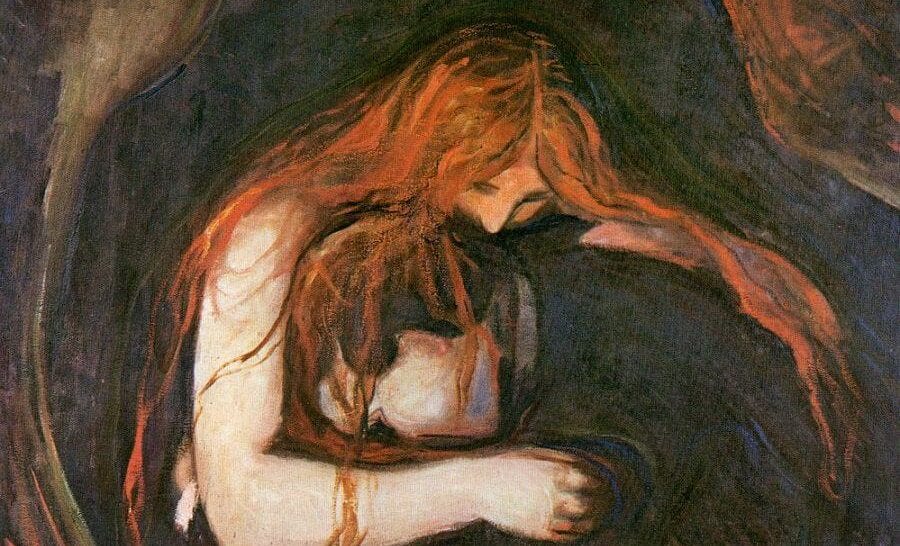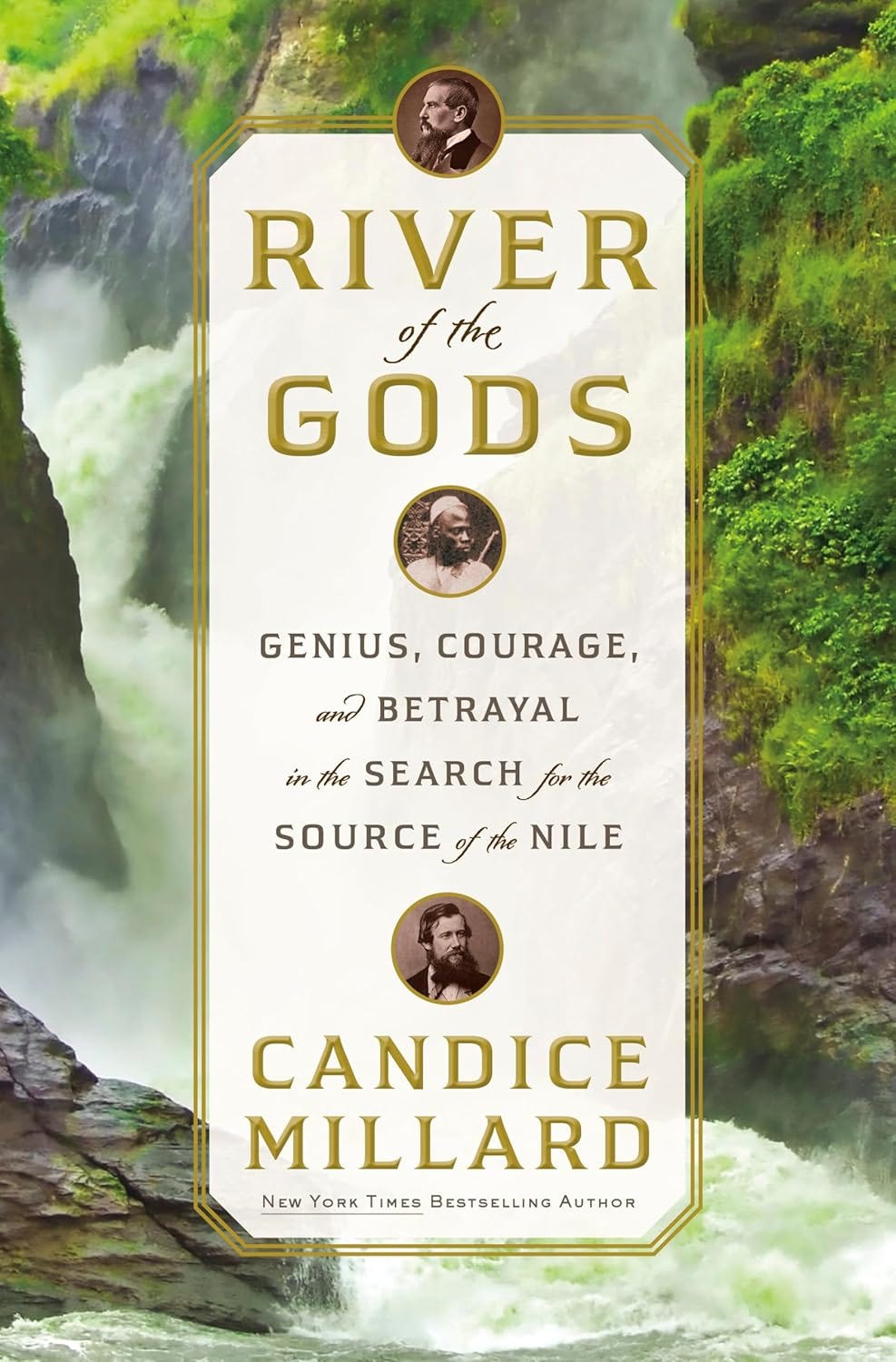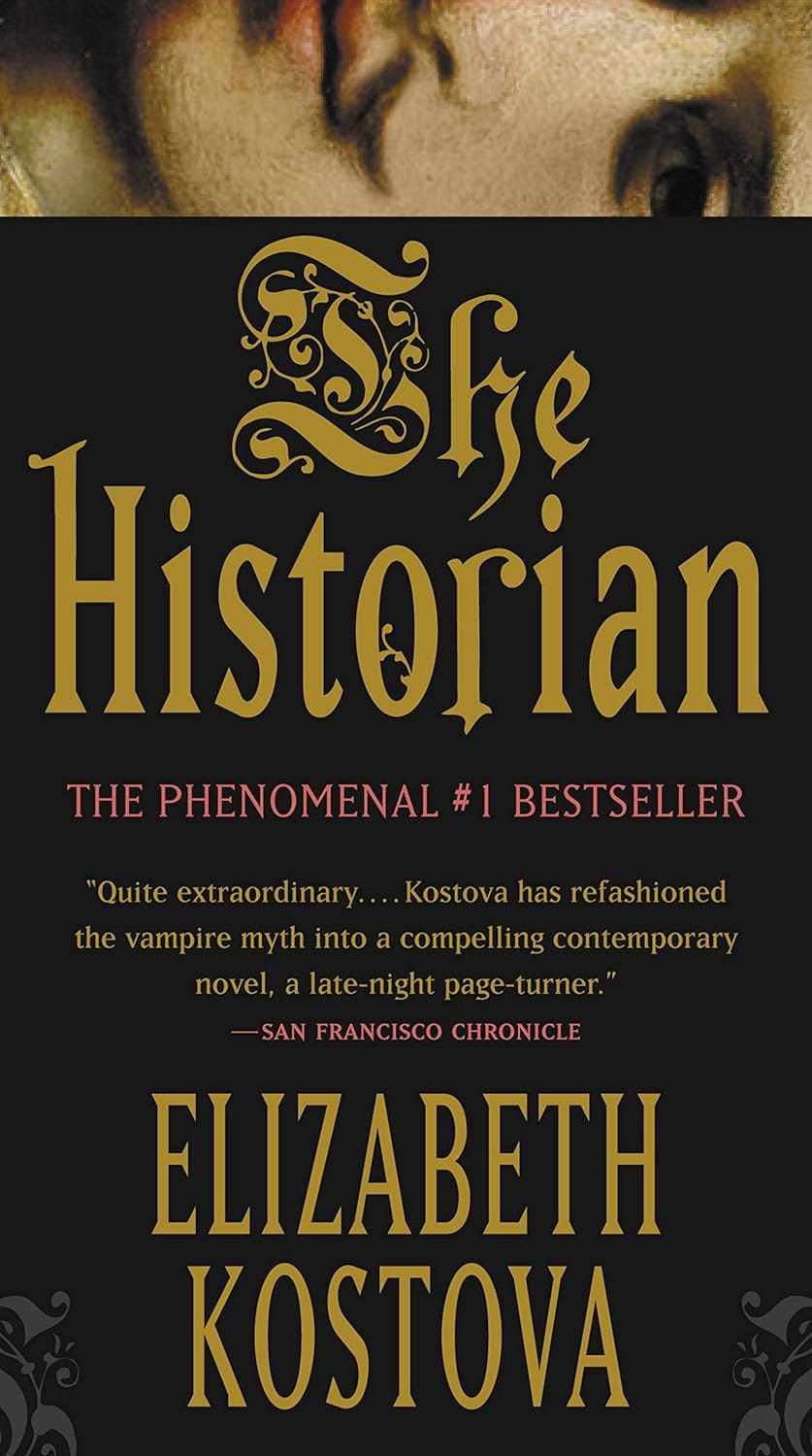what I read last week
river of the gods, the historian
Good afternoon!
I read two books last week: River of the Gods, a nonfiction book about Victoria explorers searching for the source of the Nile, and The Historian, a Dracula reimagining. Let’s get into it.
read 📖→
River of the Gods: Genius, Courage and Betrayal in the Search for the Source of the Nile by Candice Millard
River of the Gods follows the efforts of three men—two British rivals, Richard Burton and John Hanning Speke, and one East African guide, Sidi Mubarak Bombay—to find the source of the White Nile.
Overview: The Nile stems from two rivers—the White and Blue Niles—which meet in Sudan. In 1618, the Spanish Jesuit missionary Pedro Páez established that the Blue Nile stemmed from Lake Tana in Ethiopia. However, the source of the White Nile had stumped explorers, including Alexander the Great, the ancient Egyptians, and Emperor Nero, for centuries.
Previous explorers had started from the Nile’s headwaters and traveled upstream but were stopped at “The Sudd,” a swampy wetland in present-day Sudan. Burton and Speke started their expedition from the coast to avoid this wetland.
The Royal Geographical Society funded their expedition, and Burton was the expedition leader. Burton was a polyglot (speaking 29 languages), soldier, and perpetual explorer. Disguised as an Arab chieftain, he was the first non-Muslim to visit Mecca. He later translated the Kama Sutra and Arabian Nights into English.
Speke, “a fine, manly, unaffected specimen of an Englishman,” was Burton’s second-in-command. Speke was an army officer, big-game hunter, and talented geographer; however, he was uninterested in anthropology. He was generally ignorant of the peoples they passed on their journey.
One of Burton’s contemporaries described him as “a man of eccentric genius and tastes, orientalised in character and thoroughly Bohemian.” He characterized Speke as: “a thorough Briton, conventional, solid, and, resolute.” The two personalities clashed.
Burton and Speke first set out in 1855 from Zanzibar but had to abort their expedition after being attacked by a group of Somalis. They launched another expedition in 1857.
Sidi Mubarak Bombay joined the 1857 expedition as a guide. Bombay was from a village near the present-day border of Tanzania and Mozambique but was captured and taken to Zanzibar’s slave market. He spent 20 years in slavery in India but was freed when his master died. Bombay joined a local Sultan’s army before moving back to Africa, where he became a guide. Millard writes that Bombay was “not only one of the most accomplished guides in the history of African exploration but likely the most widely traveled man in Africa.” Burton called him “the gem of the party.”
The 1857 expedition was arduous. Both Burton and Speke became incredibly sick, and the group resorted to eating ants at one point in a desperate attempt to consume protein. Bombay served as peacemaker between the two men, but Burton and Speke bitterly resented one another. Two years into the expedition, an increasingly ill Burton had to stop. Speke continued on and claimed to find the source of the White Nile—Lake Nyanza (present-day Lake Victoria).
Burton challenged Speke’s finding, and Speke later launched a third expedition in 1863. While history would later prove that Speke was correct, Burton and Speke continued their dispute over the White Nile in the English press. The Royal Geographic Society planned a public debate in 1864 between Burton and Speke to settle the matter. However, the day before the debate, Speke died from a self-inflicted gunshot wound when climbing a wall.
Opinion: I decided to read River of the Gods after enjoying Candice Millard’s book on Winston Churchill’s experience during the Second Boer War. Millard’s books read like thrillers, even if they aren’t historically groundbreaking. I was completely engrossed in River of the Gods and read it in a few sittings.
While Millard primarily focuses on the Burton-Speke rivalry and their 1857 expedition, she includes a lot of historical context around the slave trade and the legacy of colonialism. They were ever-present: The “shackling and selling of human beings was still a common and daily occurrence.” Millard also explains in her epilogue that Speke helped to popularize the Hamitic hypothesis (some ethnic groups were descendants of the biblical figure Ham). The Hamitic hypothesis would form the basis of the Tutsi (the supposed descendants of Ham)-Hutu ethnic conflict that would culminate in the Rwandan genocide.
Overall: I’d recommend this book to someone interested in this time period or who enjoys narrative nonfiction.
Rating: 4/5
Genre: Narrative Historical Nonfiction
Notable prizes/book clubs/lists: Best Book of the Year (Washington Post; NPR; Smithsonian)
Page count: 349 pages
Audio: 10 hours 2 minutes
The Historian by Elizabeth Kostova
In The Historian, Elizabeth Kostova reworks the myth of Dracula. The book is told through a series of letters, journals, and memoranda and follows three characters in different time periods searching for Dracula.
Overview: The Historian opens in Amsterdam in 1975 when a teenage girl (the primary narrator) discovers letters from the 1930s and a book in her father’s library. The pages are blank except for a woodcut of a dragon, and the letters are addressed to “My dear and unfortunate successor.” The daughter speaks to her father (Paul), and he tells her the story of how, twenty years earlier, his mentor at Oxford disappeared after telling him that he was sure that Dracula (the 15th-century Wallachian prince Vlad Tepes) was undead. Her father searched for his lost mentor with another student, Helen Rossi (his mentor’s daughter and our narrator’s long-dead mother), in 1952. Then the narrator’s father disappears in 1972, prompting the girl to search for her father.
Opinion: I decided to read The Historian after seeing it on a few reading lists of various book influencers/Substack writers who described it as: “The DaVinci Code meets Dracula,” “dark academia with a bit of horror,” or compared it to A.S. Byatt’s Possession. The Historian was published in 2005, and the author received a $2 million book advance for it. Kostova writes well when she is describing the novel’s setting. I liked the overall concept of this book and enjoyed learning more about Vlad the Impaler, who inspired Bram Stoker’s Dracula.
However, The Historian is neither a sophisticated novel like Possession nor a page-turning historical thriller like The DaVinci Code. Kostova juggles multiple storylines in distinct time periods, but she never really alters her writing style. The teenage girl in the 1970s, the Oxford professor in the 1930s, and the graduate students in the 1950s all have the same narrative voice.
The pace was extremely slow. This book could have been considerably shorter than its 700 pages. While I generally enjoyed the scenes in the archives, some research moments annoyed me. At one point, the narrator is frustrated that the one copy of Bram Stoker’s Dracula at the university library has been checked out from the library and won’t be back for another three weeks. The exchange between the narrator and the librarians went on for a couple of pages. Personally, I’m not sure why she just didn’t go out and buy a copy of Dracula from a bookstore.
Kostova’s vampires are also the least exciting versions of vampires I’ve ever read. If you are bitten three times, you become a vampire. Dracula is also a passionate researcher (spoiler: the point of this entire book is that he is searching for a librarian for his library crypt).
Kostova also weaves in the evils of the Cold War and World War II by linking Dracula to Stalin and Hitler. This narrative arc wasn’t very well done. I found it reductive and off-putting.
Overall: I really wanted to love this book (and it had its moments), but I would skip this one.
Rating: 2.8/5
Genre: Historical Fiction
Page count: 704 pages
Audio: 26 hours 5 minutes
Movie/TV pairings: Nosferatu (2024)
consumed 🎬🎧🗞️→
Kendrick Lamar’s Super Bowl Performance
Definitely still thinking about Kendrick Lamar’s Super Bowl performance and the set design.
Metallica in Moscow 1991
I’m not necessarily a Metallica fan, but I recently discovered their September 1991 performance in Moscow. Metallica, AC/DC, and other bands performed for free at the Tushino Airfield in front of more than one million people during late glasnost and perestroika. The Soviet Union dissolved just months later in late December 1991.
Sikorsky helicopters hover above the massive crowd. While there were some violent clashes between the police/military and the concertgoers, there were also tens of thousands of Russian soldiers (there for crowd control) enjoying the music like everyone else. Here’s a clip of Metallica’s drummer, Lars Ulrich, discussing the set.
Whale briefly swallows kayaker off the coast of Chile
This footage is wild—A whale swallowed a kayaker off the coast of Chile but quickly released him.
cooked 🍳→
For the Super Bowl, we made nachos with salsa verde cruda and buffalo cauliflower bites with a buttermilk ranch dip.
I prepared a meal salad of the leftover crudités and made a dressing from the buttermilk ranch dip. I sprinkled some oven-roasted pepitas on top.
I made a lemony Greek yogurt chicken salad with cottage cheese flatbread.
We made steak, a herby salad with this Via Carota dressing, chimichurri, and crispy potatoes with salt and vinegar sour cream.
We made chili oil wontons with homemade chili oil and a cabbage salad from Woks of Life.












